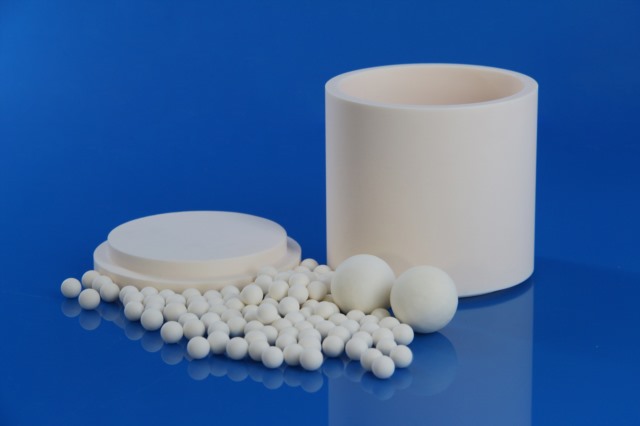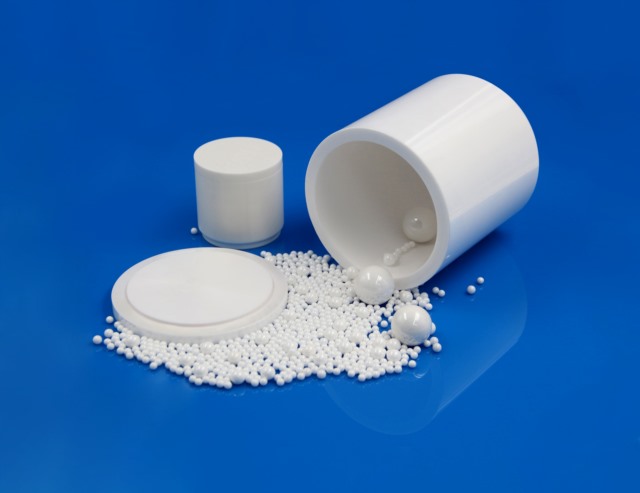In the ceramic industry, achieving a fine powder from granular feed material is crucial for various applications. When starting with ceramic particles of approximately 3mm in size and aiming to achieve a micron powder, how to make it? According to our more than 10 years experiences of exploration of materials in different fields, there are 2 cases for reference:
Case 1: Achieving 200 Mesh (75 µm) Powder
For transforming 3mm ceramic material into a 200 mesh (75 µm) powder, we recommend the following dry grinding method:
Product: Alumina milling jars and lids with Alumina Ceramic Grinding Balls.
Advantages: This method offers high cost-efficiency and can produce the desired powder size within 3-5 minutes.
Disadvantages: The main shortcoming is the higher wear rate of the alumina (corundum) jars compared to other materials. For applications requiring high purity, alternative solutions should be considered.

Case 2: Achieving 1000 Mesh (13 µm) Powder
For obtaining a finer powder of 1000 mesh (13 µm) from 3mm ceramic material, consider the following dry grinding solution:
Product: Zirconia milling jars (including the lids) with Zirconia Ceramic Grinding Balls.
Advantages: Although more expensive than corundum, zirconia offers superior quality in terms of durability and reduced contamination.
Note: During the initial stages of grinding, a higher crushing speed is required to handle the 3mm feed size effectively.

The outlined solutions provide a reference for grinding ceramic materials from 3mm particles to ultrafine powders. Each case and experiment may vary, requiring tailored approaches to meet specific requirements and achieve optimal results.
For further assistance in selecting the best grinding solution for your specific needs, please contact our team of experts who can provide detailed guidance and support at sales@inlabs.cc.
